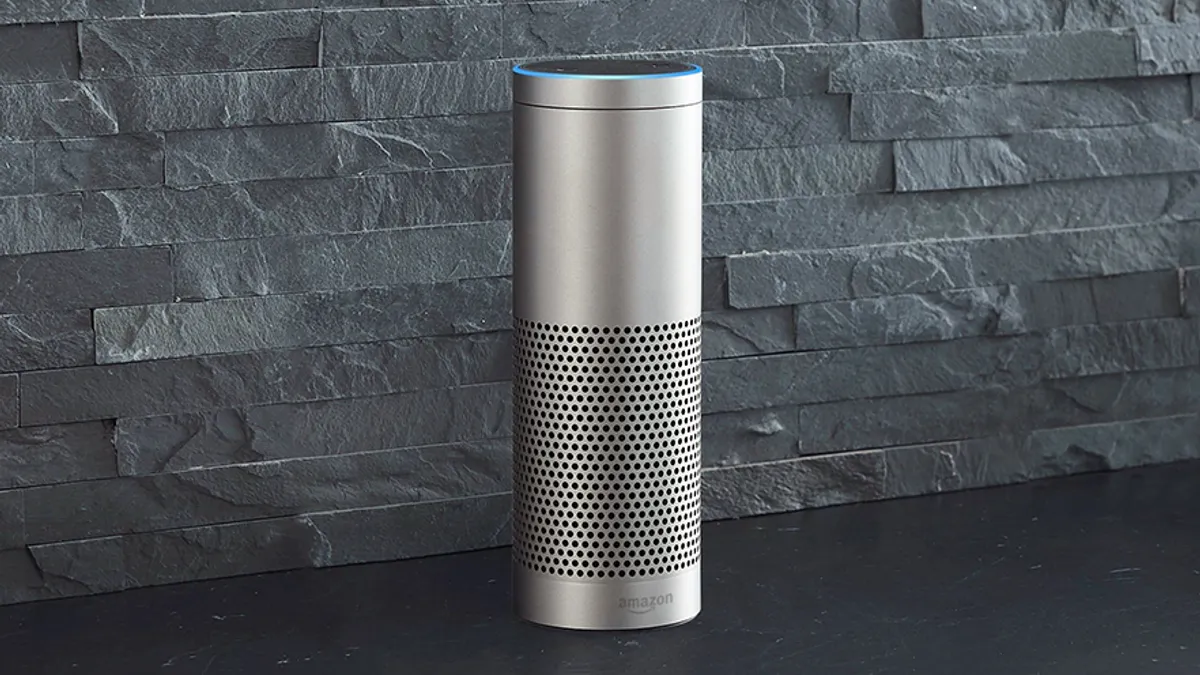Diego Maniloff is the vice president of tech innovation at Unata, the leading provider in 1-to-1 digital solutions for grocers. He is a computer scientist from Argentina specialized in the art of personalization technologies. He received his BS/MEng degrees in Telecommunications Engineering from Universidad Blas Pascal in Córdoba, and upon becoming a Fulbright scholar he joined the University of Illinois at Chicago’s Artificial Intelligence Laboratory. After completion of his MS, Diego became a research fellow at MIT, focusing on applied AI and data analysis. At Unata, Diego led the engineering team for five years, during which he built the award-winning personalization engine from scratch. Today, he oversees research and development of emerging technologies that have the potential to shape the digital grocery industry.Learn more at www.unata.com.
2017 has been an incredible year for grocery retail. Companies like Amazon and Walmart are relentlessly innovating ways to heighten convenience and strengthen the presence of digital in grocery shopping, and it’s challenging other retailers to do the same. As we enter this new competitive era of grocery shopping, retailers should turn their attention to a technology that has the power to truly revolutionize the way we shop: voice technology.
It is estimated that by 2020, 50% of all searches will be done by voice alone. With consumer adoption already underway, it won’t be long before smart speakers like Amazon Alexa and Google Home become our go-to for search, inspiration and, most importantly, shopping. As consumer habits and expectations shift with the rise of voice technology, so must grocery retail.
However, voice assistants pose an interesting challenge. Unlike smartphones, computers and tablets, they lack a visual interface and for that reason they are unforgiving when it comes to accuracy of results. Gone are the days of shopper patience when sifting through search results. Sitting and listening to a voice assistant list over 20 different varieties of apples will feel drawn out, painful, and to be honest, incredibly frustrating.
For that reason alone, personalization is paramount. To provide a seamless customer experience, grocers need to understand two things. First, there is only one answer. Second, you need to draw on past behaviors and orders to get that one answer right. Consider this: Your shopper realizes she’s out of yogurt, so she asks her voice assistant to add more to her shopping list. Enter your personalization engine. Instead of asking which yogurt your shopper prefers or listing available options, the voice assistant can confirm in one response that her favorite yogurt — which she purchases on a regular basis — has been added to her list.
Personalization isn’t new. We know that shoppers prefer grocers that recognize them by name, offer relevant recommendations and remember their purchase history. However, voice technology presents a unique challenge that will require a more precise level of personalization than ever before.
Grocery, above all other retail verticals, is experiencing the greatest challenge with voice technology. Because the SKU count is so large, shoppers may be left filtering through hundreds of products that could be a potential match, even if the shopper’s query is specific. In this case, it’s even more crucial to narrow the margin of error and offer the right search result. Grocers can do this by connecting their loyalty program to their e-commerce platform in order to understand past habits and purchases — both online and in-store — then combine that data with 1-to-1 personalization technology to successfully match the shopper’s query.
For grocers who can’t offer this level of personalization, voice search will make it glaringly obvious. For those who can, they will not only succeed in this new era, but they will drive stronger brand loyalty and merchandising opportunities than ever before.








